Retro Replay Review
Gameplay
Rama’s gameplay is built around a series of intricate logic puzzles that will challenge both your patience and your intellect. Much like the classic Myst formula, you traverse a network of pre-rendered environments, inspecting machinery, deciphering alien symbols, and piecing together clues so you can activate the next section of the biomechanical cylinder. The lack of combat or time pressure allows you to fully immerse yourself in each puzzle, but be prepared for some truly fiendish brainteasers that may require extensive note-taking or a detailed walkthrough.
The wristcomp device adds a unique layer of interactivity, acting as your multi-tool for communication, mapping, and even teleportation. Through the wristcomp’s automapping feature, you quickly build a schematic of explored areas, which is essential when backtracking or revisiting previous chambers. The communication module also lets you consult your personal android companion, who offers hints, technical specifications, and occasional banter—though its cryptic tone ensures you’ll rarely get everything handed to you on a silver platter.
Inventory management in Rama remains minimalistic, focusing on key objects rather than dozens of miscellaneous items. When you find gears, codes, or alien artifacts, each discovery feels meaningful and often triggers a new puzzle or unlocks a previously inaccessible corridor. This streamlined approach keeps your attention squarely on environmental storytelling and puzzle logic, making progression feel both rewarding and thoughtfully paced.
Graphics
Visually, Rama leans heavily into pre-rendered backgrounds enriched by live-action sequences, creating a distinct aesthetic that simultaneously feels retro and otherworldly. Each chamber of the cylinder is gorgeously detailed, from the shimmering bio-organics that line the walls to the gleaming alloy surfaces of alien machinery. Lighting effects—soft glows, shadowed alcoves, and pulsating bio-lights—heighten the sense of exploration and underscore the biomechanical nature of the environment.
While some textures and character models show their age by today’s standards, there’s a nostalgic charm in the slight grain and composition of each scene. The occasional full-motion video clips, particularly those involving your android companion or mission control, are seamlessly integrated and lend a human touch to an otherwise alien setting. These live-action interludes are brief yet effective, breaking up the static backgrounds and reinforcing the high stakes of your mission.
The user interface stays out of the way, allowing you to click directly on objects or hotspots without cumbersome menus. Your wristcomp overlay is unobtrusive, yet intuitive—you can quickly toggle between a holomap, inventory, or data logs. Overall, the graphics support the game’s cerebral pace, drawing you into Rama’s silent corridors without flashy distractions.
Story
The narrative thrust of Rama is driven by the unexplained death of explorer Valeriy Borzov and the quest to uncover what truly lies within the giant cylinder. From your very first glimpse of the mysterious object floating in space, the game masterfully conveys a sense of awe and dread. The ISA’s decision to dispatch the Newton Team hints at global stakes, even as you navigate eerily deserted corridors where every sound echoes with possible danger.
As the new astronaut on the scene, you piece together logs, audio journals, and android commentary to reconstruct Borzov’s final hours. The story unfolds at your own pace, relying on environmental clues—bloodstains on bio-tendrils, broken machinery, cryptic symbols—to reveal fragments of the overarching mystery. There’s no traditional dialogue tree to guide you; instead, you earn every revelation by solving puzzles or exploring hidden alcoves, which makes each plot twist feel earned.
Arthur C. Clarke aficionados will appreciate the game’s fidelity to the original novels’ themes of cosmic wonder and the limits of human understanding. Even if you haven’t read the books, the lore is rich enough to stand on its own, weaving science fiction tropes with genuine suspense. The unanswered questions—about Rama’s creators, its purpose, and Borzov’s fate—linger long after you’ve switched off the computer.
Overall Experience
Rama stands out as a thoughtful, atmosphere-driven adventure that rewards careful observation and logical thinking. While its pacing may feel slow to players accustomed to action-oriented titles, the deliberate tempo amplifies the game’s sense of isolation and discovery. Every unlocked door and deciphered code brings a palpable thrill, and the absence of a hand-holding tutorial ensures that your accomplishments feel truly self-earned.
The game’s audio design—subtle ambient hums, distant mechanical whirs, and the occasional android quip—complements the visual serenity and tension. Sound cues often hint at nearby puzzles or hidden mechanisms, so keeping your speakers on is as crucial as consulting your wristcomp. Combined with the moody soundtrack, Rama crafts an immersive soundscape that deepens your connection to the alien environment.
For fans of classic puzzle adventures and cerebral science fiction, Rama offers a memorable journey into the unknown. Its blend of pre-rendered artistry, live-action storytelling, and intricately woven mysteries ensures that every hour spent aboard the cylinder feels purposeful. If you’re eager to test your ingenuity while unraveling an interstellar enigma, Rama is a voyage worth undertaking.
 Retro Replay Retro Replay gaming reviews, news, emulation, geek stuff and more!
Retro Replay Retro Replay gaming reviews, news, emulation, geek stuff and more!
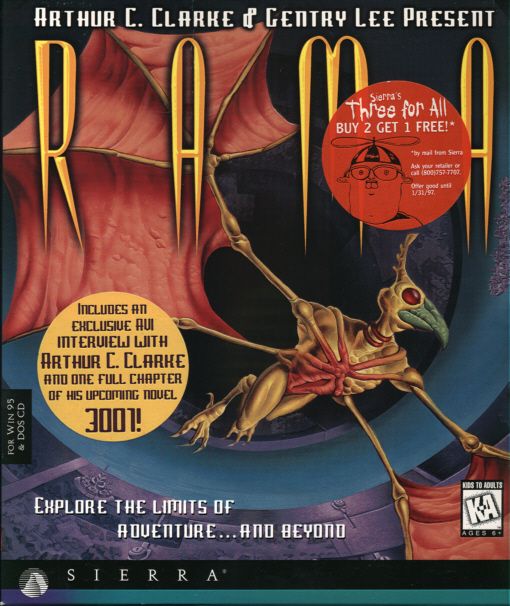
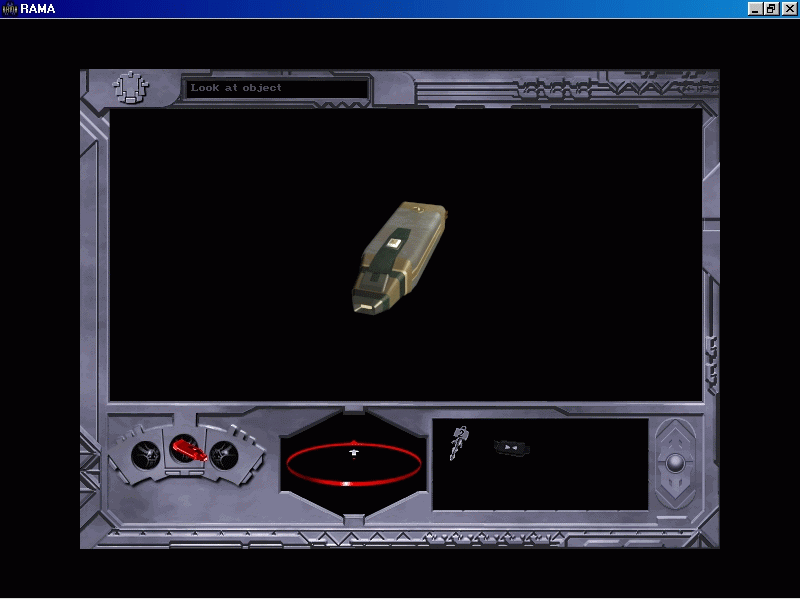
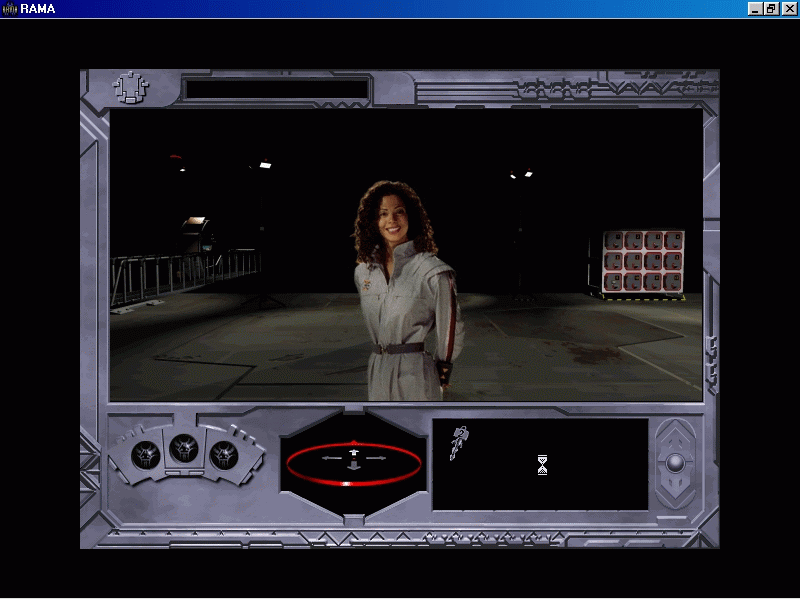
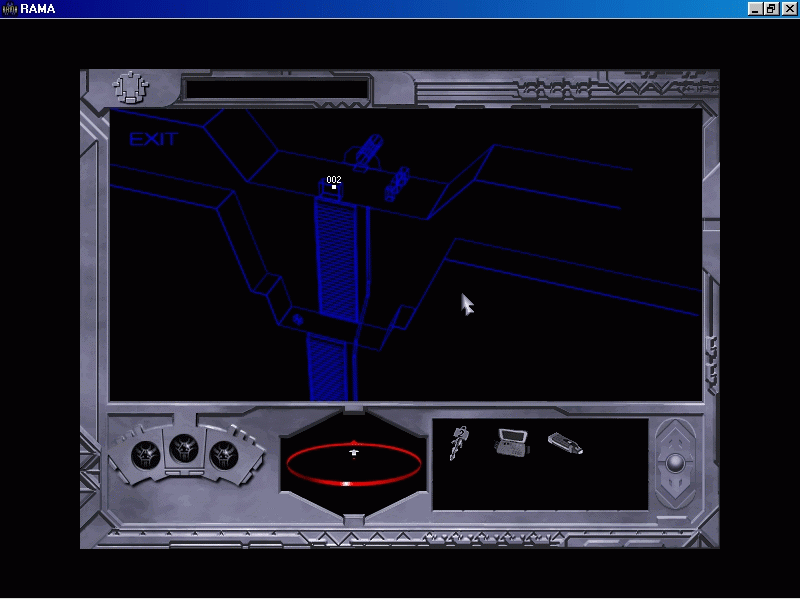
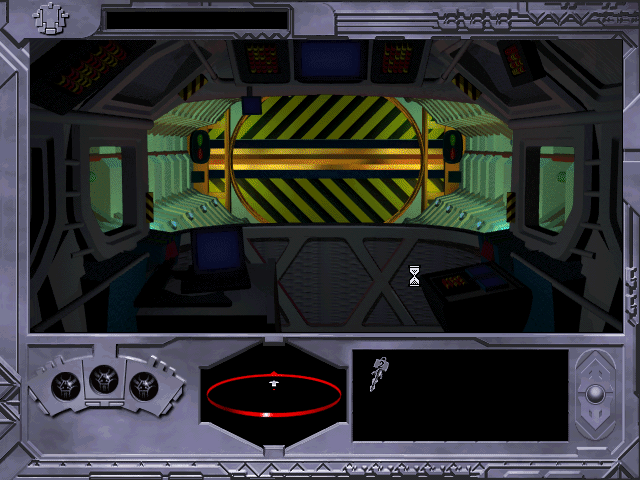
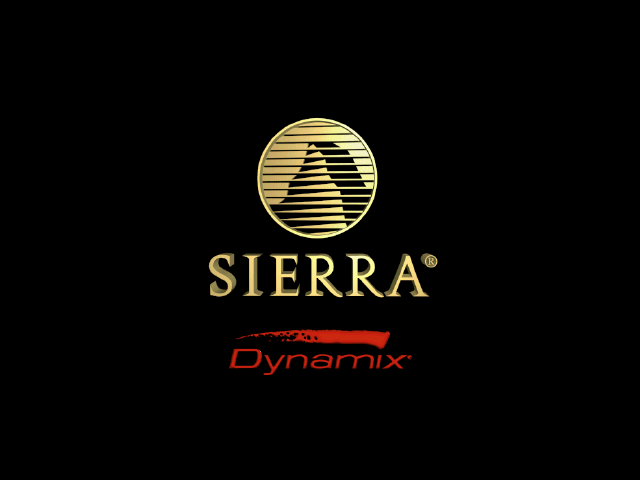



Reviews
There are no reviews yet.